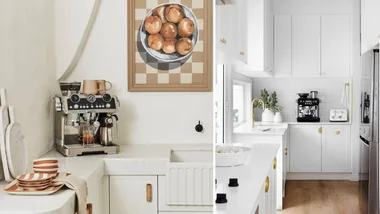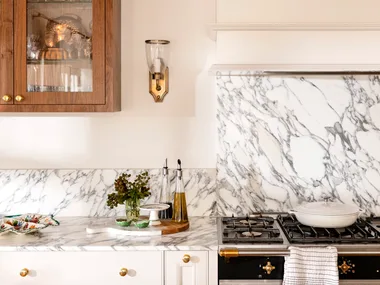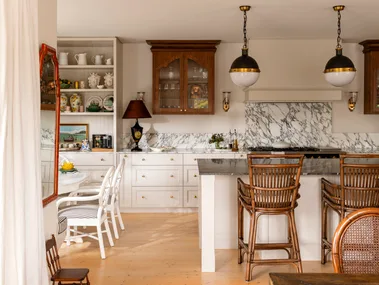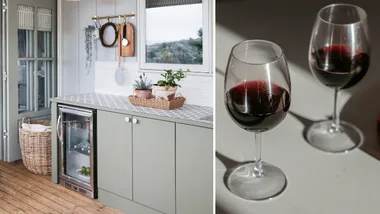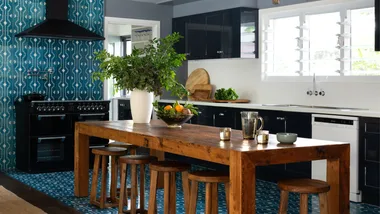As the cliche goes, “I don’t know much about art, but I know what I like” – and we Aussies certainly understand what’s worth popping in a frame on the wall. Few could argue with the enduring magnificence of, say, Monet’s Haystacks. Sure, as some hilarious person will inevitably point out, it’s a little out of focus, but it speaks in pink, burnished tones of aesthetic sophistication. For something with more of a local, impressionist flavour, you could always opt for a Heidelberg grad like McCubbin or Streeton. Similarly timeless are the more abstract offerings of Boyd and the mythology-drenched Papunya Tula dot works from the deserts of Central Australia.
But before we give ourselves a round of congratulatory applause and a chardy toast, it’s time for a rummage through our collective garage to celebrate the painting trends – and I’m not talking feature walls – that we embraced.
First up, let’s hear it for Vladimir Tretchikoff’s Chinese Girl. Also known as ‘the Mona Lisa of kitsch’, this 1952 work featured an elegant woman sporting an immaculate coiffure, an embroidered oriental smock and what fashion types might term “a bold red lip”. For reasons known only to the painter, her face was coloured a blue-green that was equal parts hypothermia and one too many rollercoaster rides at Dreamworld. She stared across countless Australian living rooms with a look that somehow expressed both disdain and utter resignation – and we loved her for it.
Her blue-green face was equal parts hypothermia and one too many rollercoaster rides at Dreamworld
Dads weren’t immune to pictorial fads. A special place in their hearts, and home bars, was reserved for any number of works of dogs playing poker (such as Cassius Coolidge’s A Bold Bluff from 1909. “He’s the ace of barks! Geddit?” Unlike the plant from which it took its name, Van Gogh’s Sunflowers was another perennial, popular with teenage girls of the mid ’90s. Along with the earless wonder’s The Starry Night, it was Blu Tacked to the wall alongside posters of Keanu Reeves or River Phoenix. Add a second-hand copy of V.C. Andrews’s novel Flowers In The Attic and you had a proto-emo trifecta going on.

In the Technicolor era, black-and-white photographs had their blown-up moment. Ruth Orkin’s 1951 shot American Girl In Italy was a favourite. You know it – a woman dares to walk down the street in the presence of lascivious Italian men. Good times. Then there was Robert Doisneau’s 1950 snap The Kiss, which purportedly captured a pair of young lovers in an intimate embrace amid the bustle of romantic Paris. You could practically smell their Gauloises-scented breath.
It later emerged that the picture had all the spontaneity of a carefully choreographed clinch between two acting students, and that it was shot in three different locations to see which provided the best result. Not that we were bothered – by that stage it had already been heavily discounted at garage sales across suburbia or foisted onto a semi-reluctant niece decorating her first share house room.
And maybe that’s the definition of true art – works that your home just wouldn’t have been the same without. They’re items that have survived every reno, colour change and relocation, because they not only spoke to you when you first acquired them, but have become increasingly eloquent with each passing year.
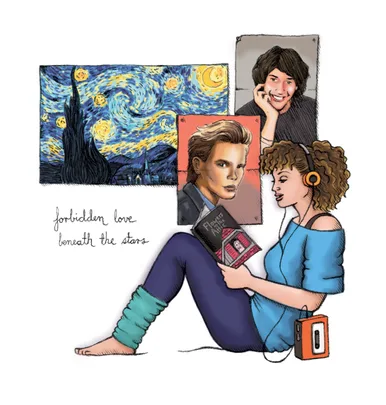 Matt Cosgrove
Matt Cosgrove




